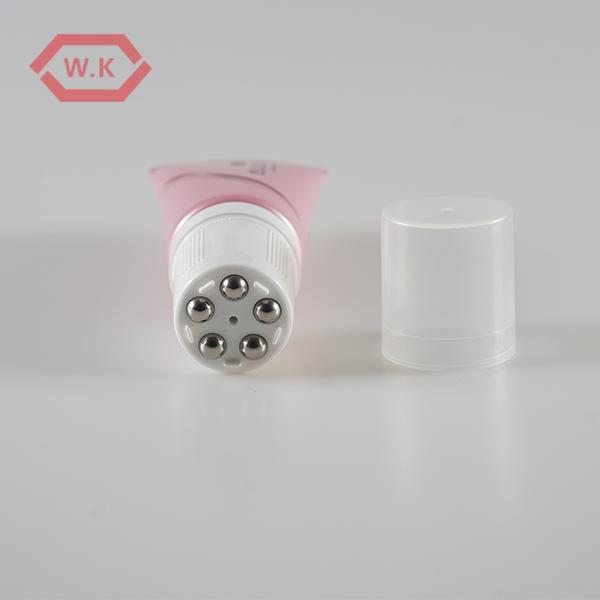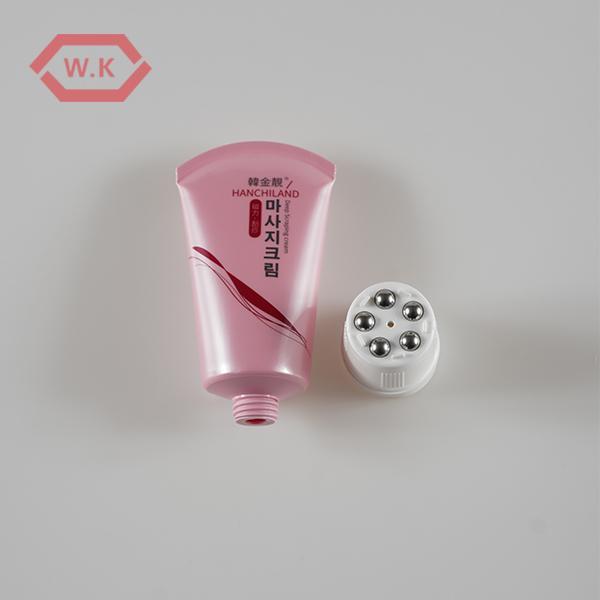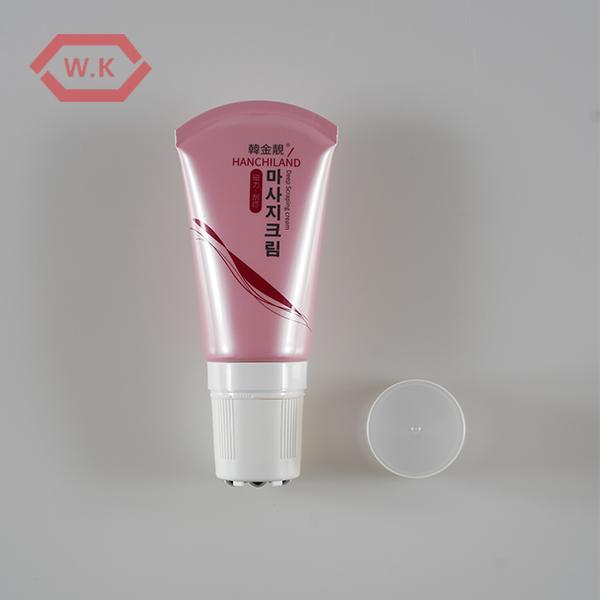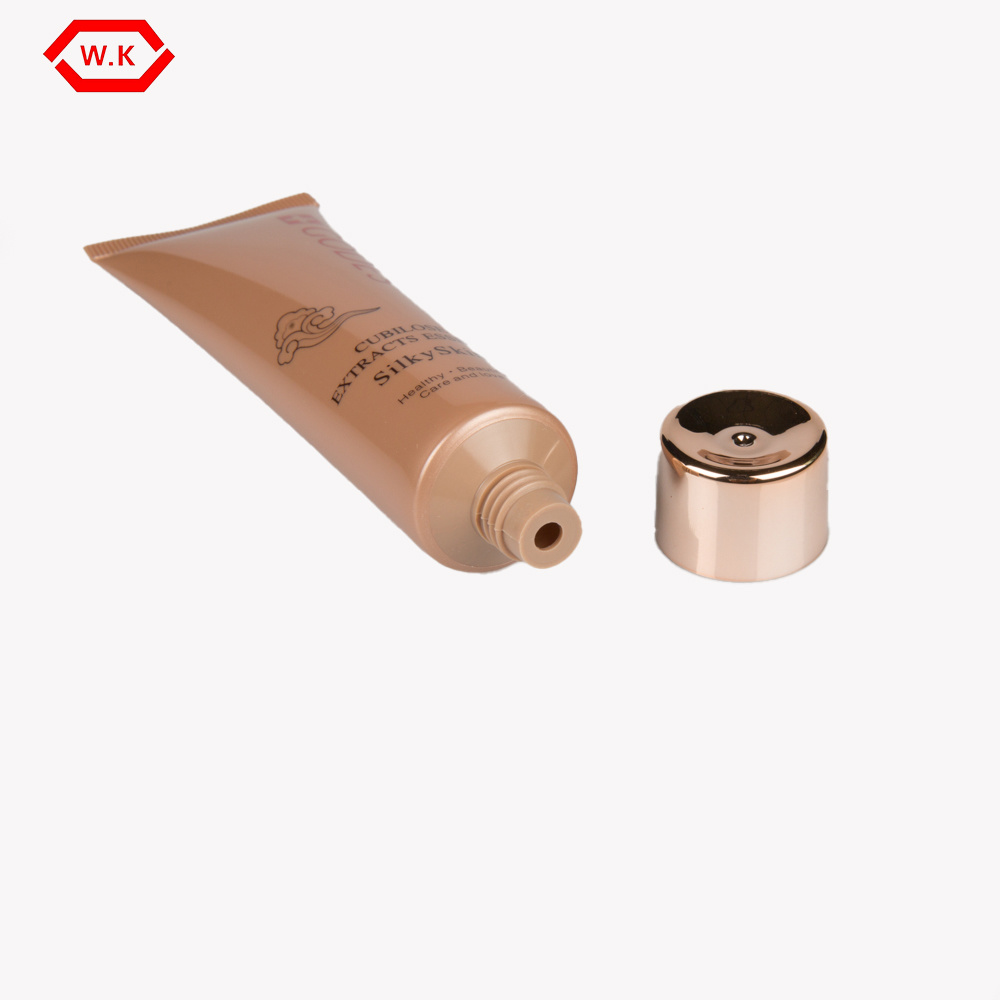What are the raw material descriptions in the cosmetic hose?
Release time:
2021-07-18
Polyethylene in cosmetic hose is a kind of high molecular compound made by polymerization of ethylene. The molecular weight of polyethylene as a plastic is above 10,000. According to different polymerization conditions, the molecular weight of polyethylene can range from millions of high molecular weight polyolefins.
One. Cosmetic hoseThe structure and properties of polyethylene
The polyethylene in the cosmetic hose is a kind of polymer compound formed by the polymerization of ethylene. The molecular weight of polyethylene as a plastic is above 10,000. According to different polymerization conditions, the molecular weight of polyethylene can range from millions of high molecular weight polyolefins.
Cosmetic hoses are classified into low molecular weight polyethylene (vlmpe), linear low density polyethylene (LLDPE), low density polyethylene, medium density polyethylene (MDPE), and high molecular weight polyethylene according to their molecular weight and density. Ethylene) etc.
Density: The density of HDPE is 0941~0967g/CH, and uhmwpd095~0.97g/cm
Crystallinity: The crystallinity of LDPE is about 65%, and that of HDPE is about 80~90%.
1.1 Mechanical properties
crystallinity and molecular weight determine its mechanical properties. Generally speaking, LDPE has flexibility and impact resistance, and the tensile strength, stiffness and hardness of HDPE are better than LDPE, which is conducive to the thinning and lightweight of products. The molecular structure of LLDPE is between linear HDPE and long-branched LDPE, so its physical and mechanical properties are between LDPE and HDPE.
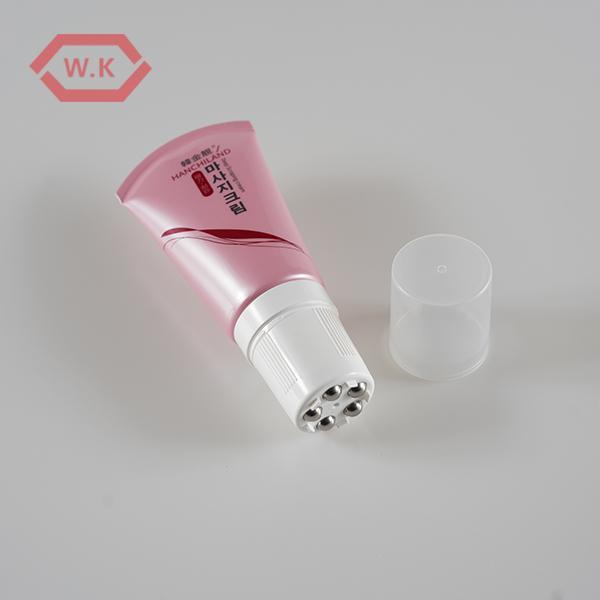
1.2 thermal performance
The melting point of HDPE is 135℃, the continuous use temperature of LDPE is below 60℃, and the continuous use temperature of HDPE is below 80℃.
1.3 Chemical properties
1 air permeability
The permeability of HDPE is much lower than that of LDPE. Compared with other plastics, it has higher permeability, but lower permeability to water vapor.
Chemical resistance
Polyethylene is a non-polar crystalline polymer, so it has excellent chemical stability. The cosmetic hose is resistant to acid and saline solution at room temperature, and has no obvious effect on polyethylene even at higher concentrations. However, oxidants such as concentrated sulfuric acid and nitric acid will slowly corrode polyethylene. Polyethylene swells in aliphatic hydrocarbons, aromatic hydrocarbons and chlorinated hydrocarbons, but can withstand most solvents below 60°C.
The solubility and swelling degree of polyethylene in organic solvents decrease with the increase of molecular weight and crystallinity, so HDPE has better chemical stability than LDPE.
The mechanical and electrical properties of the product decrease, gradually become brittle and lose performance. In order to prevent polyethylene degradation, cosmetic hoses need to add antioxidants and light stabilizers to the polyethylene.
Poly(7-ene) is a non-polar hydrocarbon polymer without polar groups in the molecular structure, so it has excellent electrical properties. Affected by frequency is small.
Polyethylene is easy to shape, can be processed without adding plasticizer, simple operation, easy to mass production. The commonly used processing methods for cosmetic hoses include extrusion, injection, blow molding, foaming, thermoforming, etc. The following points should be paid attention to in general processing and molding:
The heat capacity of polyethylene is large, but the processing temperature is low. Processing temperature mainly depends on density and crystallinity.
Therefore, the contact between the melt and the air and the residence time at high temperatures should be minimized.
Cosmetic hose The crystallinity of the product depends on the control of the cooling rate during the molding process. Whether it is fast cooling or slow cooling, the cooling rate of each part of the product should be as uniform as possible to avoid internal stress and reduce the mechanical properties of the product.
What,are,the,raw,material,descriptions,in,the,cosmetic,hose?
next page
RELATED NEWS



